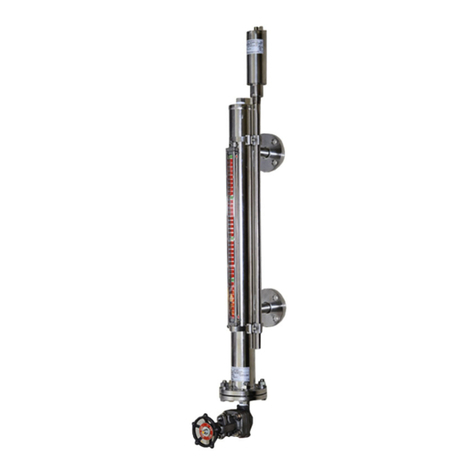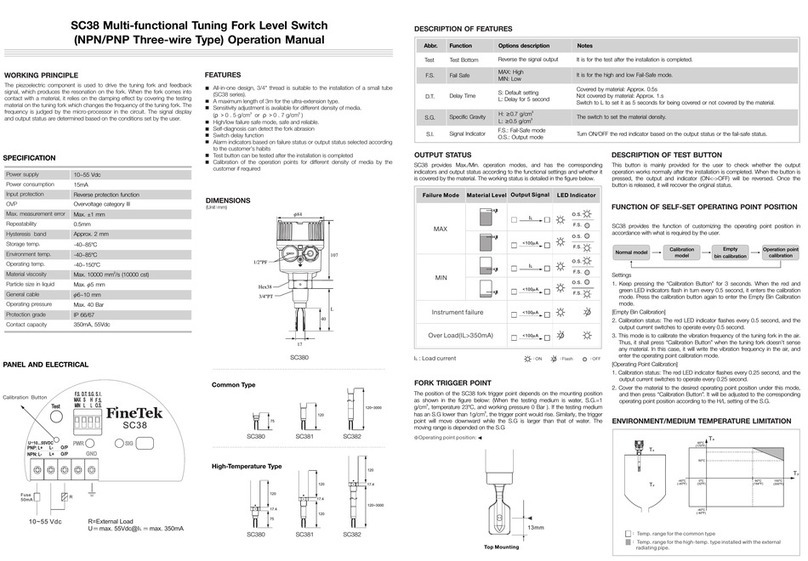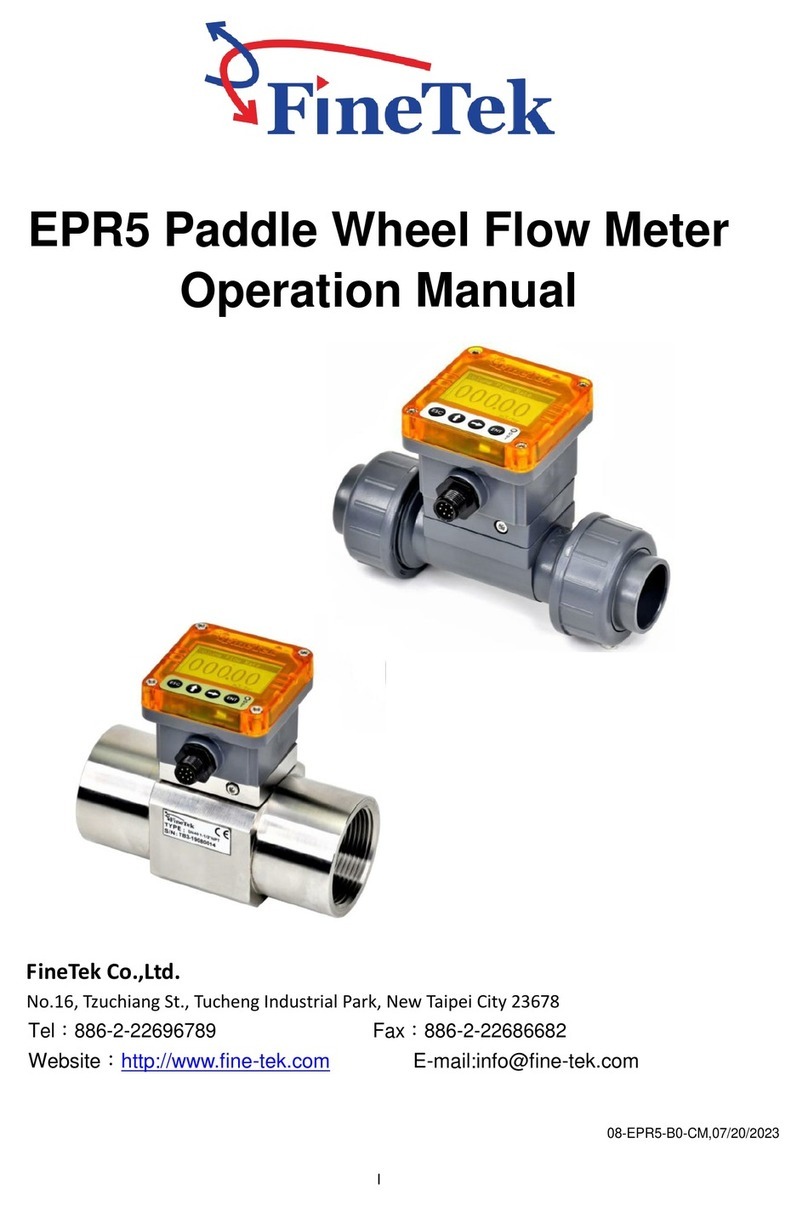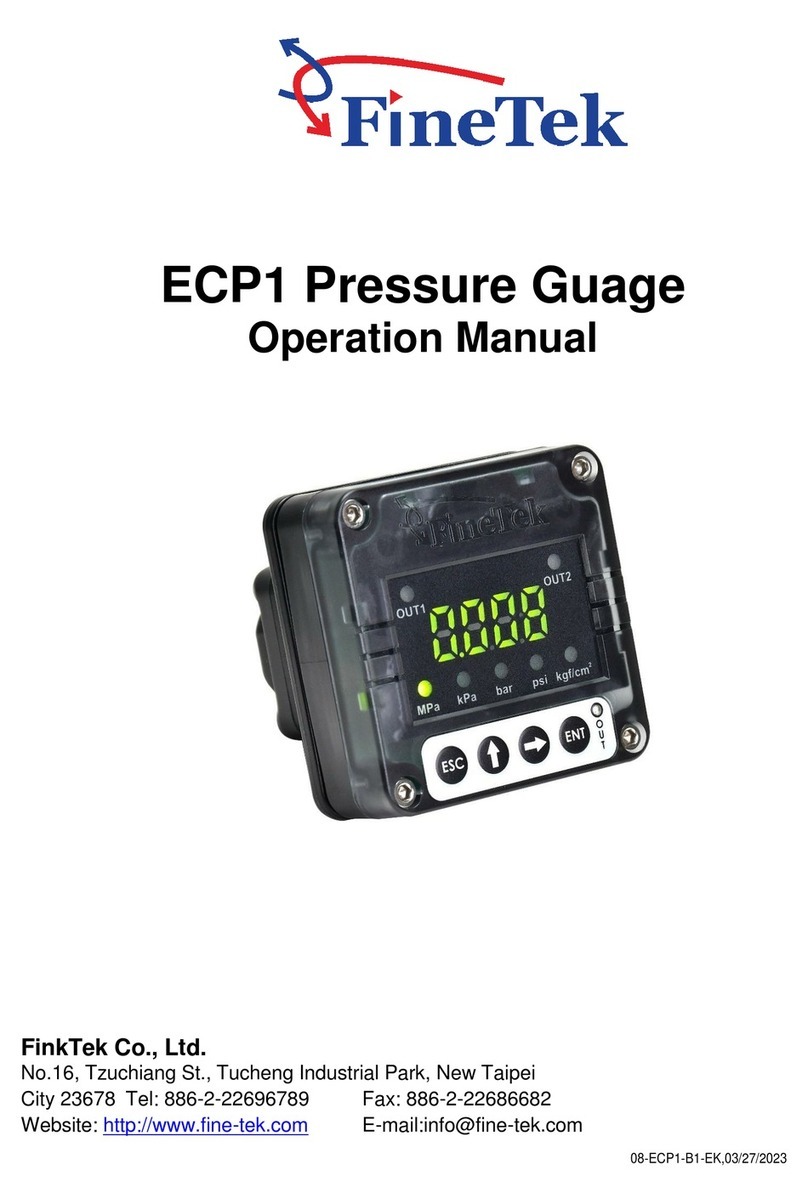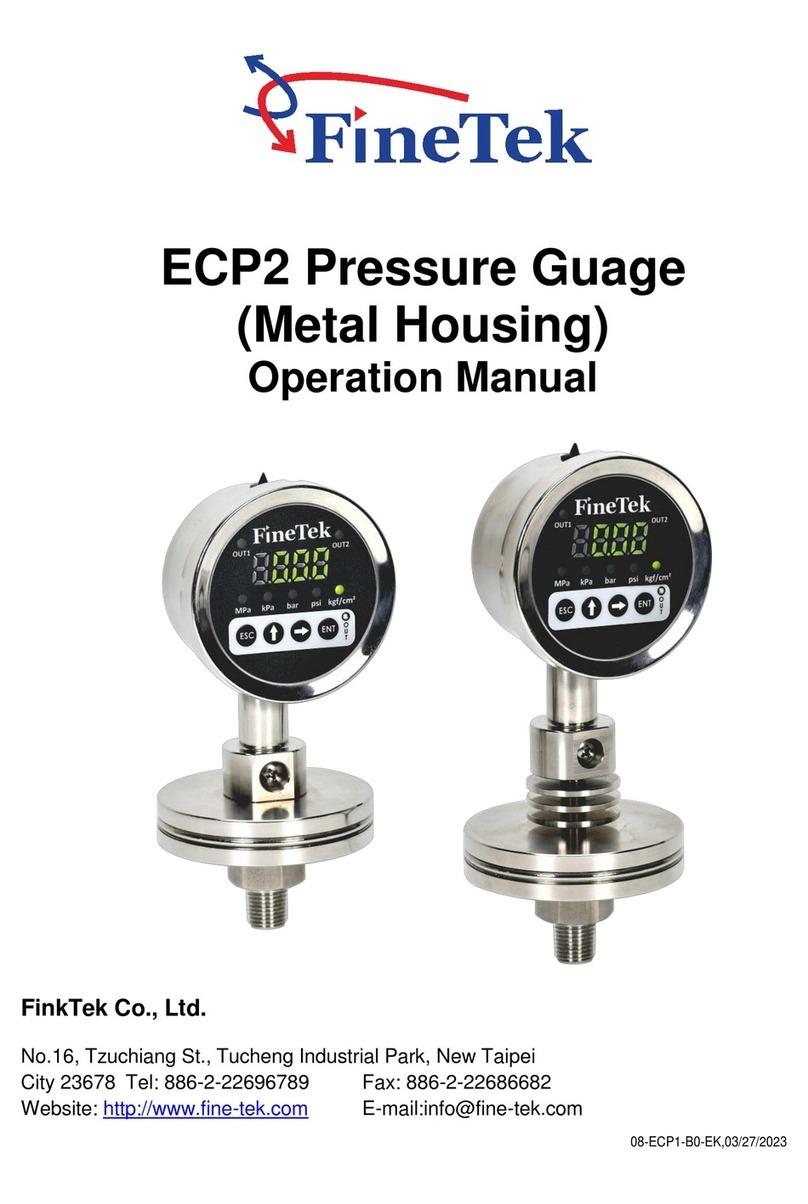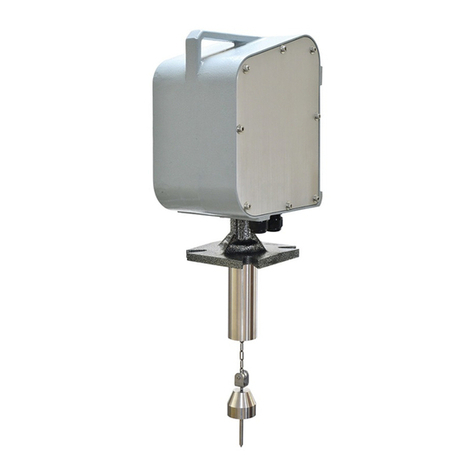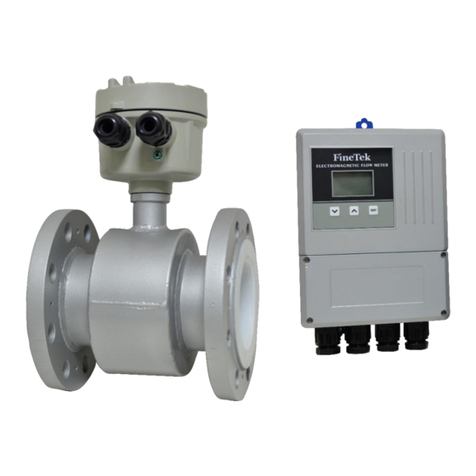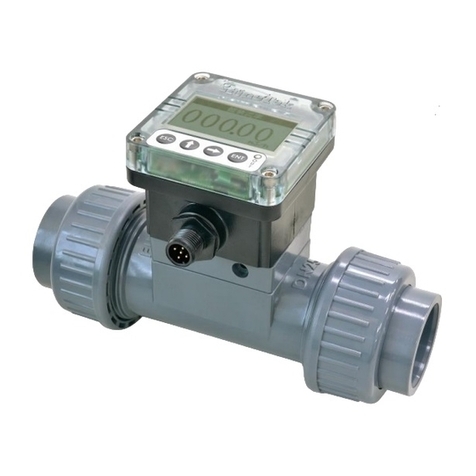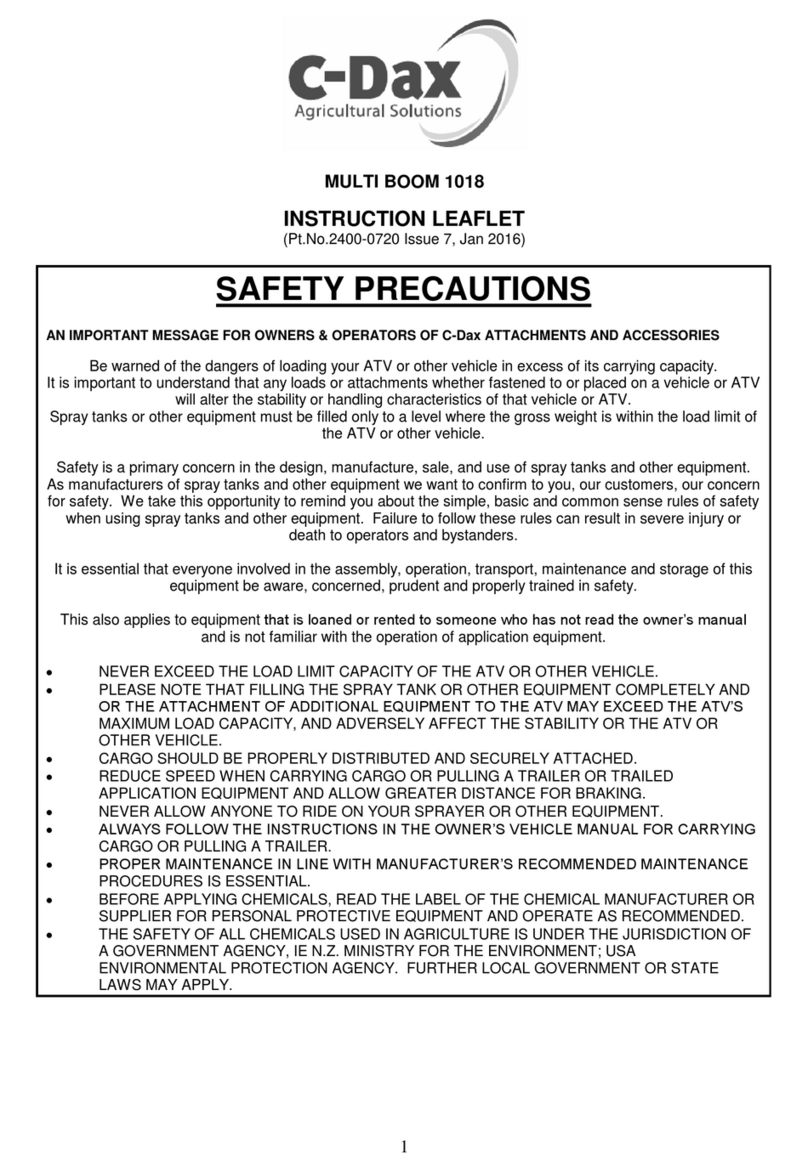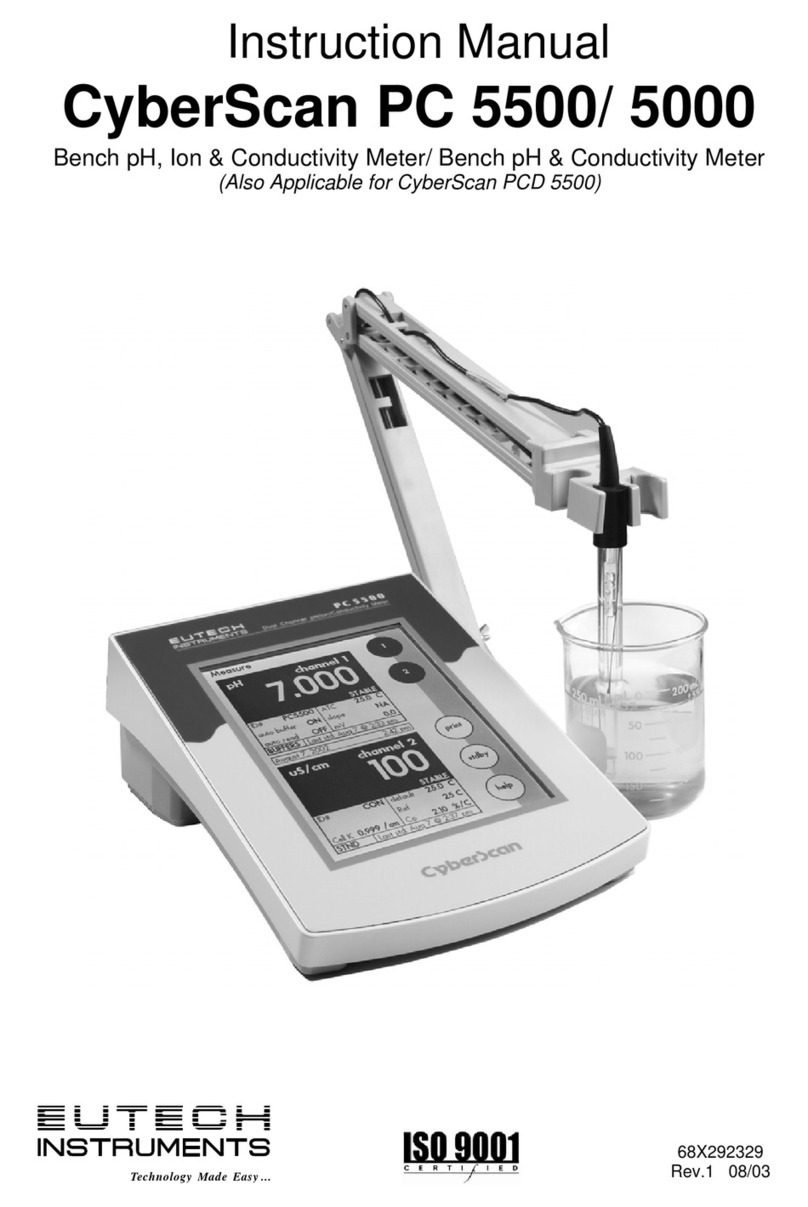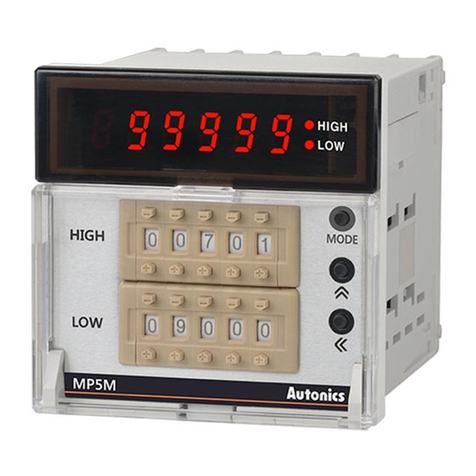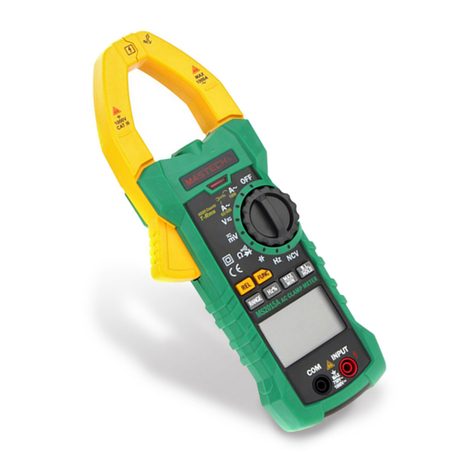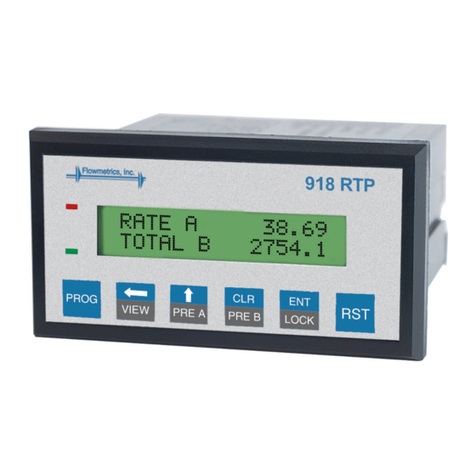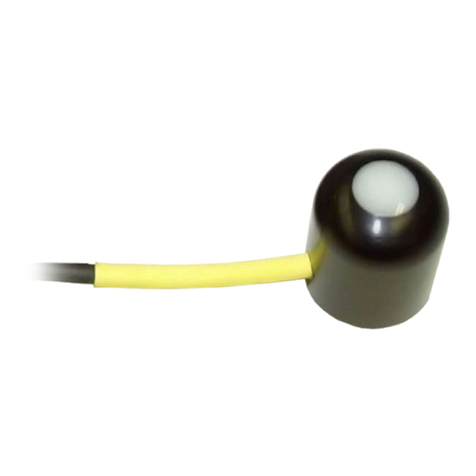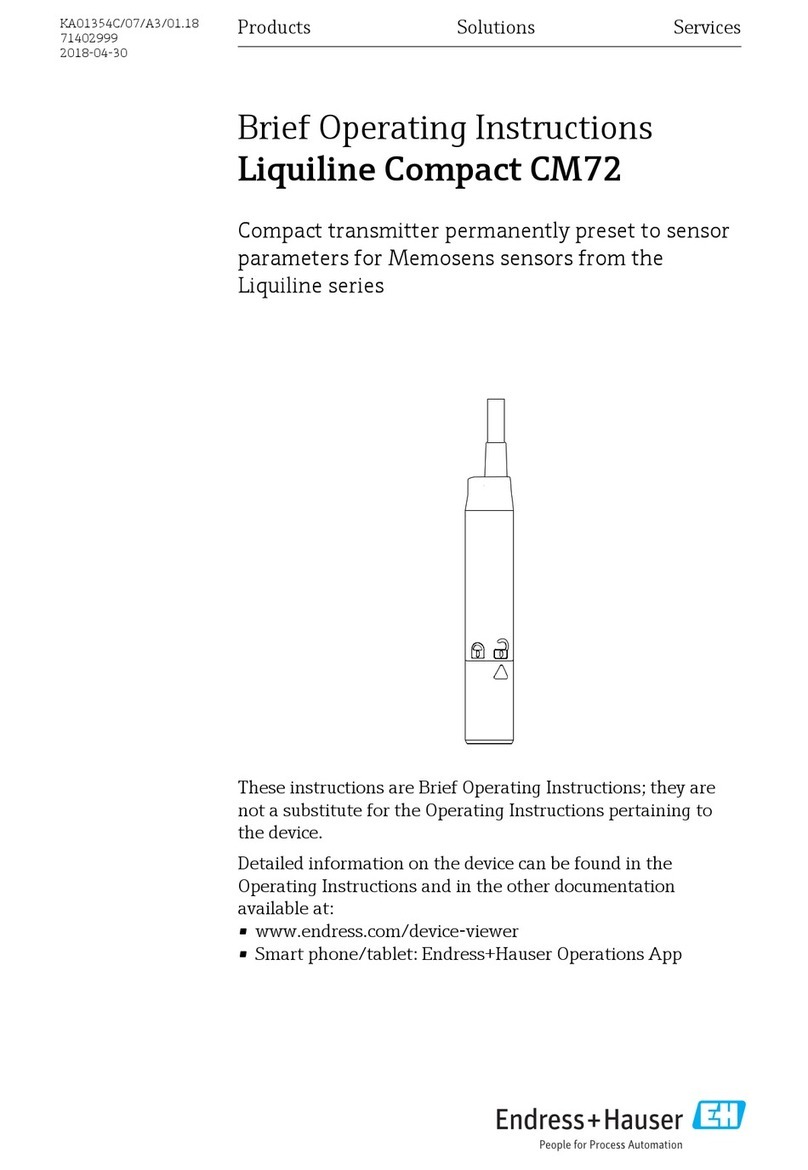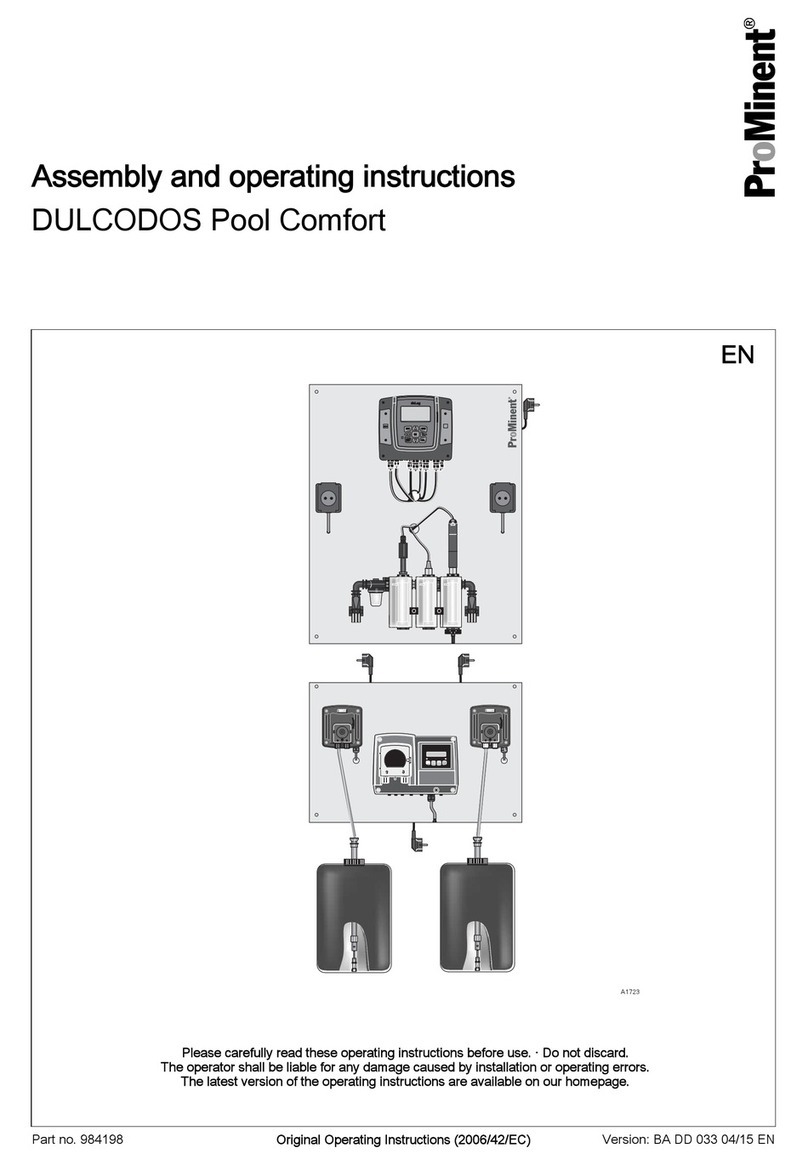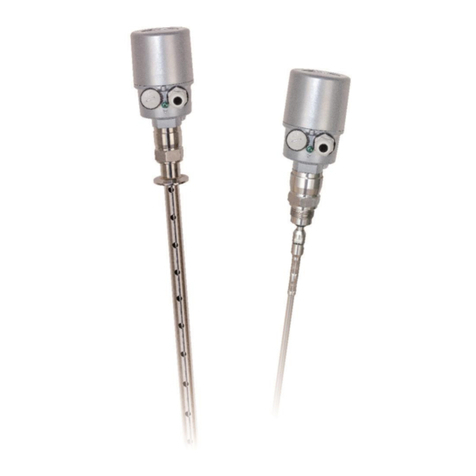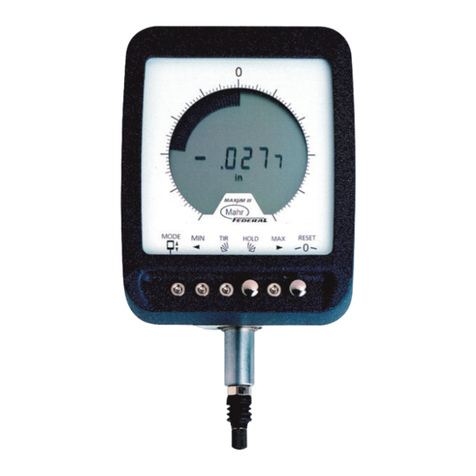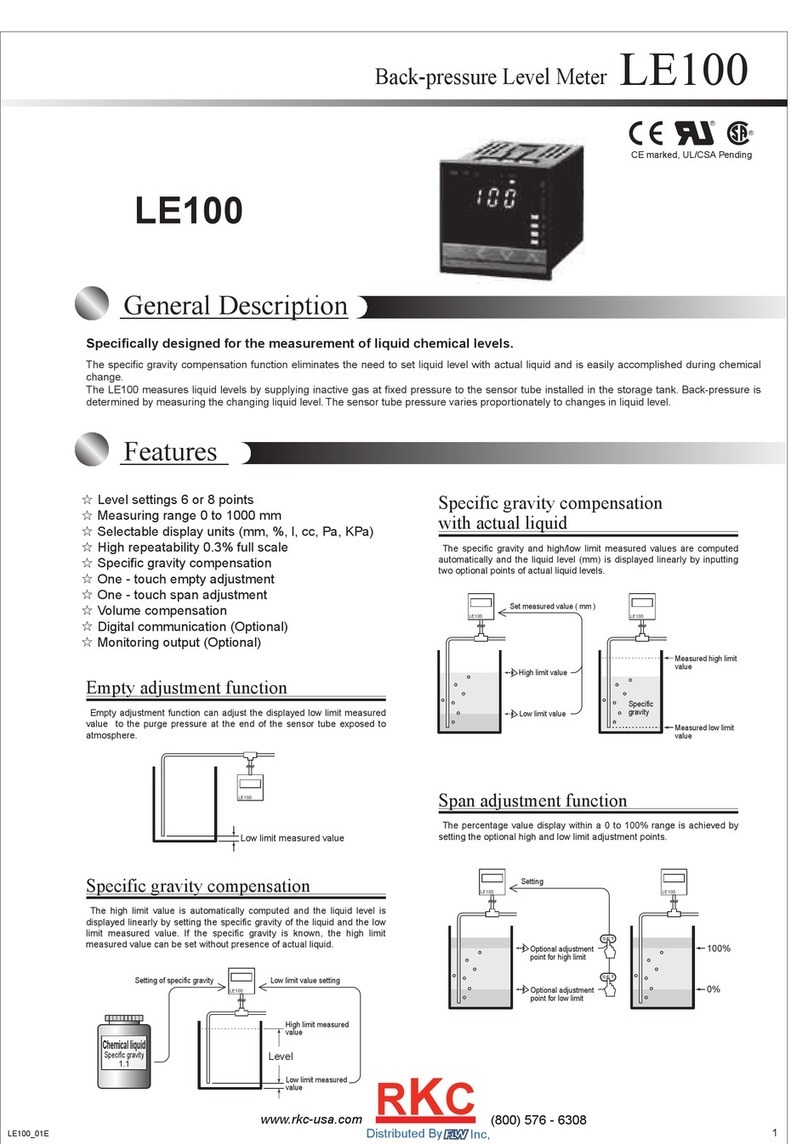8. Installation instructions
For detailed operating instructions and operating methods, please refer to the instructions
provided below:
➢Applicable regulations have been established for the design, testing and power supply of
the flow meter. The users are required to comply with the provided instructions in order
to maintain the safe operation and normal function of the flow meter.
8.1 Environmental safety
To protect the bodily and equipment safety, the user must comply with the following
requirements:
➢Before selecting the position and installing the flow meter, the user must peruse the
applicable instructions provided in this Manual. In the meantime, the user is also required
to consider the safety requirements being established for the environment where the flow
meter, the equipment and the machine are installed.
➢The flow meter shall be installed and serviced by persons possessing a certain level of
knowledge required for the flow meter.
➢The transducer and the transmitter must be correctly installed on the flow meter to ensure
that they are tightly sealed, safe and reliable.
➢Take appropriate precautions to prevent the electrocution accident from occurring.
8.2 Circuit installation
Wiring cautions
➢The 2-core insulating rubber sheath cable shall be used as the power cord, and the outer
diameter of the wire shall be ranged between 5~7mm.
➢When operating under normal 24VDC power supply status, the resistance of the cable
shall not be higher than 10Ω.
➢The total impedance of the cable drawn from the current output terminal shall not be
higher than the specified nominal value.
➢Normally, the NPN crystal output is used as the pulse wave or the frequency output.
Therefore, it should be connected with the external power.
➢
8.3 Cautions
➢Before starting the installation, the pipe area provided for installing the ultrasonic
transducer must be thoroughly cleaned until the original metallic luster is exposed.
➢The transducer and the pipe engaging section must be thoroughly cleaned and shall be
fully coated with the ultrasonic-dedicated coupling agent in the meantime. Its purpose is
to ensure that air or sand layer will not remain on the transducer and pipe contracting
interface to affect the ultrasonic signal transmission effect.
8.4 Cautions for power supply
Inspection before power supply
➢If damage occurs to the transmitter and the transducer in the flow meter during the
installation process.
➢If the voltage of the operating power meets the indicated specifications.
➢The installation distance of the transducer shall depend on the distance required for the
transmitter.
➢Ensure that the pipe is fully filled with the liquid. In the meantime, it is also required to
remove the gas remaining in the pipe.




















